Introduction
This blog will lean and inform about the best way to research for a fashion collection in 9 easy steps. Every successful product that you encounter in the market is a result of countless hours of research. People spend decades in research to reach to findings that will help them create the most optimum products for the end user. The field of fashion design is no exception to this. Every piece of revolutionary and successful clothing made has always had basis in strong fashion research. Fashion designers and fashion brands spend thousands of dollars on research for a fashion collection so they can come up with the ideas that will attract the users and will fit in the zeitgeist perfectly.
Well-planned fashion research can give insights into the need of the time and people based on the socio-economic-ecological conditions. Research connects the past – the present – the future of fashion in a continuum and thus gives a meaning to creations from perspective of both history and future. Every fashion business saves a lot of money by ensuring that the collections they put out are a success with the target audience and that success can only be strengthened with the help of a well researched thought process.
The purpose of research for a fashion collection is to provide multidimensional information at the beginning for designers to design unique concepts for new creations. Fashion designers, in order to give depth and meaning to their creativity need research to provide historical, cultural, anthropological significance to their creations. Not only this, but fashion research also provides them with a bag of information on what is going in other parts of world in terms of technological, manufacturing novelty. Study of trends, forecasts, techniques, history all come together to give fashion design a strong foundation of research to base their collections on. Let us now dive deep into the various aspects of research done from a fashion designer’s point of view.
1. Historical context for a fashion collection
Historical research in fashion is a crucial element when conceptualizing and designing a collection. Understanding the evolution of clothing styles, societal norms, and cultural influences throughout history provides designers with a rich and diverse options for choosing inspirations they wish to work on. By delving into the past, designers can unearth unique silhouettes, fabric choices, and embellishments that can be reinterpreted and infused into modern designs.
Fashion is a reflection of the times, and historical research helps designers grasp the essence of different eras, enabling them to create collections that transcend mere trends. It fosters a deeper appreciation for craftsmanship, allowing designers to revive traditional techniques and artisanal skills that may have faded over time. Moreover, historical research provides context, allowing designers to make informed choices that resonate with cultural sensitivity.
Beyond aesthetics, studying the history of fashion aids in the development of a narrative for the collection. Each garment becomes a vessel for storytelling, connecting the present to the past. This connection not only adds depth to the designs but also engages consumers on a meaningful level. In essence, historical research in fashion is an indispensable tool that not only pays homage to the roots of style but also propels the industry forward by reimagining and revitalizing timeless elements from our collective sartorial history.
2. Trend research and analysis
The process of research for a fashion collection involves a meticulous analysis of current trends to ensure relevance and innovation. Firstly, designers scrutinize the current fashion landscape, examining popular styles, color palettes, and materials. Publications like Vogue, Elle, and Harper’s Bazaar serve as valuable resources, offering insights into the dynamic world of fashion.
Runway trends are pivotal in forecasting future directions. Designers closely examine collections from renowned fashion weeks, such as Paris, Milan, and New York. Publications like WWD (Women’s Wear Daily) provide comprehensive coverage of runway shows, offering designers a comprehensive overview of emerging styles and innovative design concepts.
Street style and influencer trends offer a real-world perspective, reflecting the preferences of fashion-forward individuals. Platforms like Instagram and fashion blogs, including The Sartorialist and Man Repeller, showcase how trends are interpreted and adopted by the public. This grassroots approach aids designers in understanding the practical application of trends and ensures their collections resonate with a diverse audience.
By synthesizing information from these varied sources, designers can create collections that are not only aesthetically pleasing but also aligned with the zeitgeist of contemporary fashion. The blend of runway sophistication, street-level practicality, and influencer authenticity ensures a well-rounded and forward-thinking approach to fashion design.
3. Cultural Inspiration
Cultural inspiration plays a pivotal role in the research for a fashion collection, offering designers a plethora of ideas that transcend geographical boundaries. Exploring traditional clothing from diverse cultures provides a deep well of inspiration, allowing designers to reinterpret and celebrate the uniqueness of global sartorial heritage. For instance, Japanese designer Issey Miyake often draws from traditional Japanese clothing, infusing modernity into ancient silhouettes to create avant-garde designs that resonate globally.
Art, music, and cultural movements also serve as influential touchpoints for fashion research. Designers like Stella Jean, hailing from Italy, seamlessly merge her Haitian and Italian heritage into vibrant collections, integrating bold prints and colors inspired by her multicultural background. The fusion of different artistic elements helps create narratives within fashion. Although this sounds exciting designers have often been accused of cultural appropriation, and so one has to be careful of not blatantly borrowing from native cultures, but to find a way of respecting them and getting inspired.
Internationally acclaimed designers like Dries Van Noten, known for his eclectic designs, often infuse his collections with inspiration drawn from various cultural movements and historical references. By blending these elements, he produces collections that are not only visually captivating but also tell a story about the interconnectedness of cultures.
In essence, cultural inspiration in fashion research if done consciously and mindfully, fosters creativity, diversity, and a deeper understanding of global aesthetics. It allows designers to craft collections that go beyond mere garments, becoming a celebration of shared human experiences and a reflection of the world’s rich and diverse cultural treasures.
4. Fabric and material research
Fabric and material research is a critical aspect of fashion research, shaping the identity and sustainability of a collection. Designers increasingly prioritize fabric innovations to align with ethical and environmental considerations. Sustainable materials, such as organic cotton, Tencel, and recycled polyester, have gained prominence. Stella McCartney, a pioneer in sustainable fashion, consistently employs eco-friendly materials like organic cotton and vegetarian leather alternatives, setting a standard for environmentally conscious design.
Experimental fabrics push the boundaries of traditional textile use. Designers like Iris van Herpen utilize cutting-edge materials and technologies to create avant-garde designs. Incorporating 3D-printed fabrics and thermo-formed plastics, van Herpen’s work exemplifies the transformative potential of experimental textiles in fashion.
The importance of fabric and material in fashion research extends beyond aesthetics, impacting the industry’s ecological footprint. Designers engage in thorough research to find materials that not only align with the collection’s vision but also adhere to ethical and sustainable practices. This emphasis on responsible sourcing reflects a broader shift towards a more environmentally conscious fashion industry.
5. Color Palette Exploration
Color palette exploration is another pivotal aspect of research for a fashion collection, influencing the aesthetic appeal and emotional resonance of the final designs. In the realm of fashion, color psychology plays a crucial role in conveying mood, personality, and cultural significance. When embarking on the creative journey of designing a collection, the careful selection of a color scheme becomes paramount.
The process of color palette exploration in a fashion research involves delving into the psychological impact of colors on human emotions. Designers consider the inherent meanings associated with each hue, ensuring that the chosen palette aligns with the intended message of the collection. Warm tones may evoke feelings of passion and energy, while cooler shades exude calm and sophistication. The harmonious blend of colors within a scheme creates a visual cohesion that enhances the overall aesthetic appeal of the fashion pieces.
Beyond individual emotions, designers must be attuned to the cultural significance of colors. Different societies attach diverse meanings to hues, and understanding these cultural nuances is vital to prevent unintended messages or misappropriation. Colors may symbolize traditions, rituals, or societal roles, influencing the narrative and reception of a fashion collection on a global scale.
In essence, color palette exploration when doing research for a fashion collection is a thoughtful process that goes beyond mere aesthetics, ensuring that a fashion collection communicates effectively, resonates emotionally, and respects cultural diversity.
6. Target Audience
In the realm of fashion design industry, meticulous fashion research on the target audience is a cornerstone for creating a successful collection that resonates with consumers.
To craft designs that genuinely connect with the audience, designers delve into both demographics and psychographics. Demographic factors such as age, gender, location, and income provide a foundational understanding of the consumer base. Psychographics, on the other hand, explore deeper aspects such as lifestyle, values, and preferences. This holistic comprehension allows designers to tailor their creations to align with the diverse needs and aspirations of their target market.
Staying attuned to current market trends is essential for a fashion collection’s relevance. By analyzing consumer behavior, designers gain insights into prevailing preferences and styles. This awareness enables them to infuse contemporary elements into their creations while ensuring that the collection remains on the cutting edge of fashion. From color palettes to silhouettes, this attention to market dynamics ensures that the designs not only captivate the audience but also respond to evolving tastes.
In essence, understanding the target audience when conducting research for a fashion collection is a strategic imperative in the fashion industry, fostering a symbiotic relationship between designers and consumers. This in-depth understanding sets the stage for a collection that not only meets but exceeds the expectations of the discerning fashion enthusiast.
7. Technology and Innovation
In the dynamic landscape of fashion, embracing technology and innovation is integral to staying at the forefront of creativity and sustainability and fashion research plays a crucial role in this. The incorporation of cutting-edge technologies such as 3D printing and virtual design revolutionizes the traditional fashion design process. 3D printing allows designers to translate digital concepts into tangible prototypes swiftly, facilitating rapid prototyping and experimentation. Virtual design tools enable immersive exploration of garment aesthetics and functionalities, fostering a more efficient and precise creative workflow. These advancements not only enhance the speed of production but also open up new avenues for intricate and avant-garde designs.
In response to the growing environmental concerns, sustainable technologies have become a pivotal focus in fashion research. Innovations like eco-friendly fabrics, recycled materials, and sustainable production processes contribute to reducing the industry’s ecological footprint. By integrating these technologies into the research phase of a fashion collection, designers not only align with eco-conscious consumer preferences but also actively participate in mitigating the environmental impact of the fashion industry.
In essence, technology and innovation play a transformative role in research for a fashion collection. Embracing 3D printing, virtual design, and sustainable technologies not only elevates the creative process but also positions fashion designers as agents of positive change within an industry that is increasingly embracing both style and sustainability.
8. Environmental Sustainability
Acknowledging and prioritizing environmental sustainability during the research for a fashion collection is not just a trend but a responsible imperative. The choice of materials is a pivotal element in crafting an environmentally sustainable fashion collection. Opting for eco-friendly materials, such as organic cotton, recycled polyester, or innovative alternatives like Tencel and Piñatex, minimizes the ecological impact of production. These materials are often sourced with reduced water usage, fewer pesticides, and a lower carbon footprint, aligning with the broader goal of fostering a more sustainable and eco-conscious fashion industry.
Beyond materials, ethical manufacturing processes are crucial for ensuring a sustainable fashion collection. This involves considering the entire lifecycle of a garment, from production to disposal. Adopting fair labor practices, ensuring safe working conditions, and minimizing waste during production are key aspects of ethical manufacturing. By prioritizing these practices, designers contribute to the well-being of both workers and the planet, creating fashion that is not only aesthetically appealing but also socially and environmentally responsible.
Thus, incorporating sustainable practices into the research for a fashion collection is a testament to the individual designer’s, the organization’s and the fashion industry’s commitment to a more conscientious and eco-friendly future. By embracing eco-friendly materials and ethical manufacturing processes, fashion designers play a vital role in shaping an industry that values both style and sustainability.
9. Collaboration Opportunities
Embracing collaboration opportunities during the research for a fashion collection is instrumental in infusing creativity, diversity, and innovation into the design process. Cross-industry collaborations with artists and designers from various disciplines bring a unique fusion of perspectives, resulting in groundbreaking and multidimensional fashion collections. The history of fashion is filled with successful examples of such partnerships like the famous collaboration of artist Salvador Dali and fashion designer Elsa Schiaparelli has produced some of the most memorable pieces in fashion’s history. These partnerships transcend traditional boundaries, infusing fashion with elements of art, architecture, or even technology.
For instance, collaborations between fashion houses and contemporary artists like Yayoi Kusama or Jeff Koons have produced limited-edition collections, blending high fashion with avant-garde artistry. The fashion industry is witnessing a surge in collaborations that extend beyond the usual realms. Collaborative efforts between luxury brands and streetwear labels, or traditional fashion houses teaming up with sustainable brands, reflect the evolving landscape of fashion. Such collaborations not only broaden the appeal of a collection but also contribute to the democratization of fashion by making high-end designs accessible to a broader audience. An exemplary instance is the collaboration between H&M and various high-end designers like Karl Lagerfeld and Alexander Wang, creating affordable yet exclusive collections.
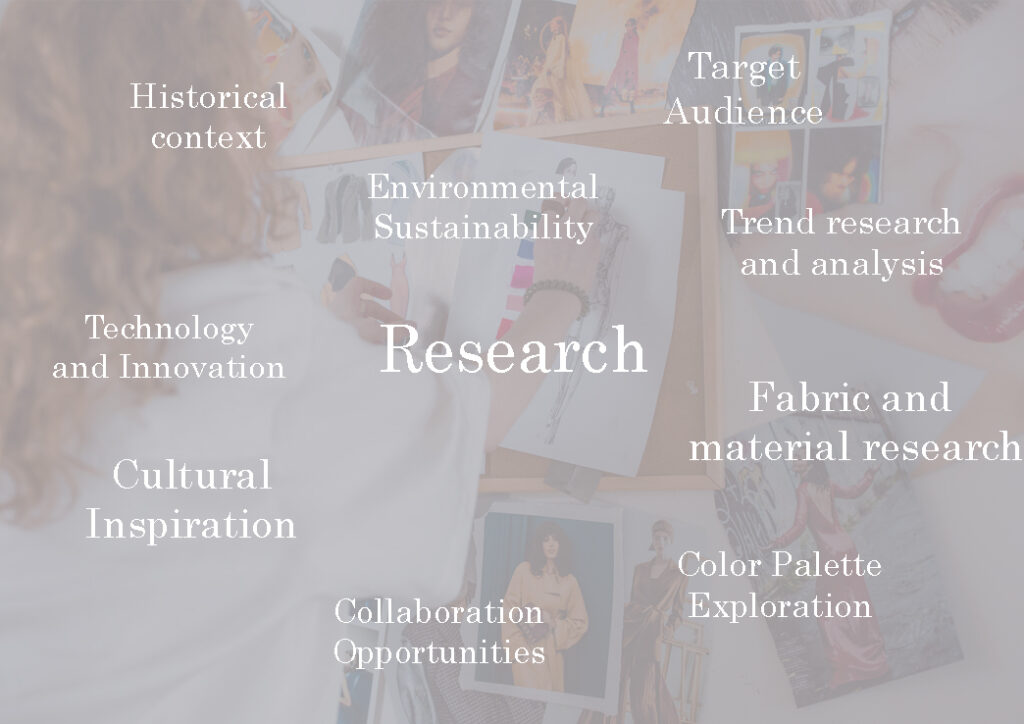
Conclusion
In hindsight, it is now very clear that why well-done fashion research is imperative to the success of any fashion collection. It is just not about collecting data and images over the internet but a very deep thought-provoking process, which boosts creativity in fashion designers on many levels. A well carried out successful research will bring a holistic design approach to the final product where the designer and the brand and everyone involved are aware of the various aspects of the upcoming collection.
Research helps in identifying unexplored areas of inspiration for fashion designers like historically missed periods, or crafts that need revival or technological advancements that have yet not been adapted to fashion. All these are the many possibilities that a well-planned research brings about. This blog has started a conversation on the various aspects of research. Please read and suggest if I have missed out on anything and let us carry this conversation forward.


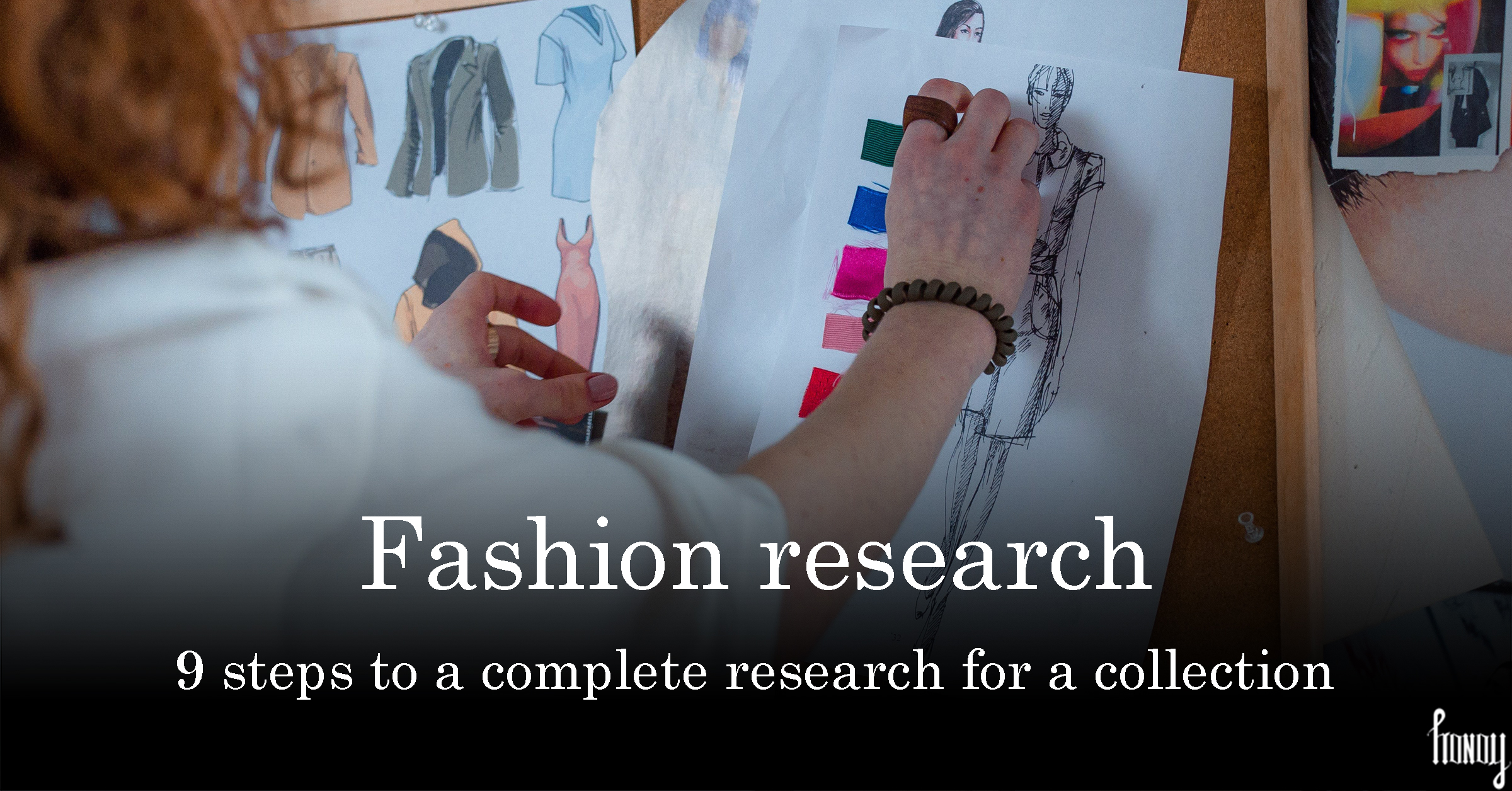








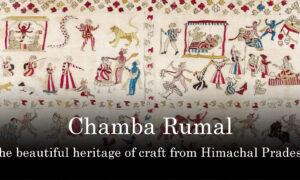

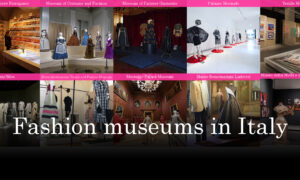

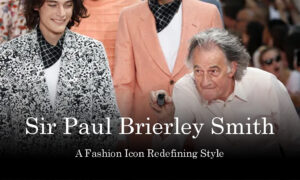













Pingback: Production Stages Of A Fashion Garment In 3 Steps
Pingback: How To Make A Fashion Mood Board In 10 Easy Steps